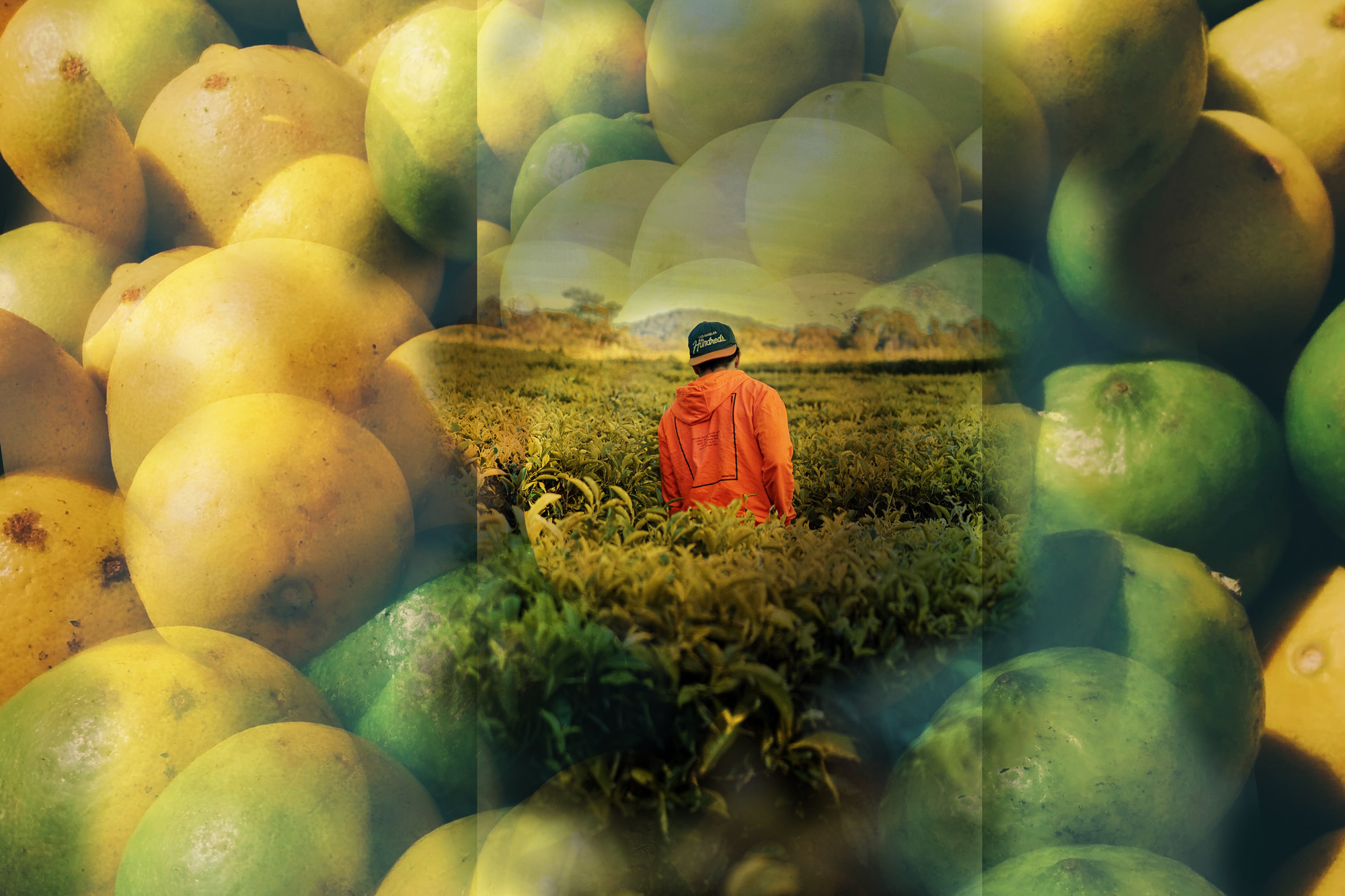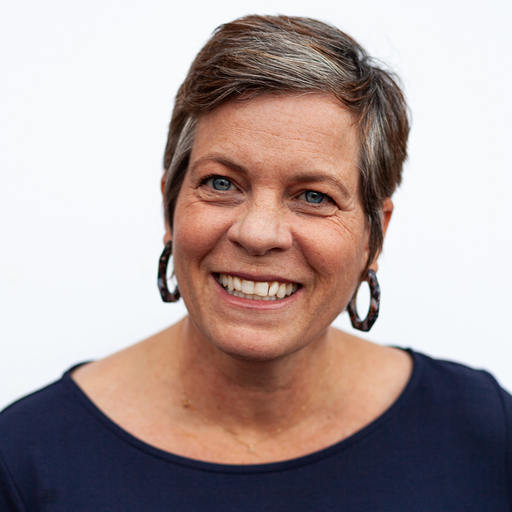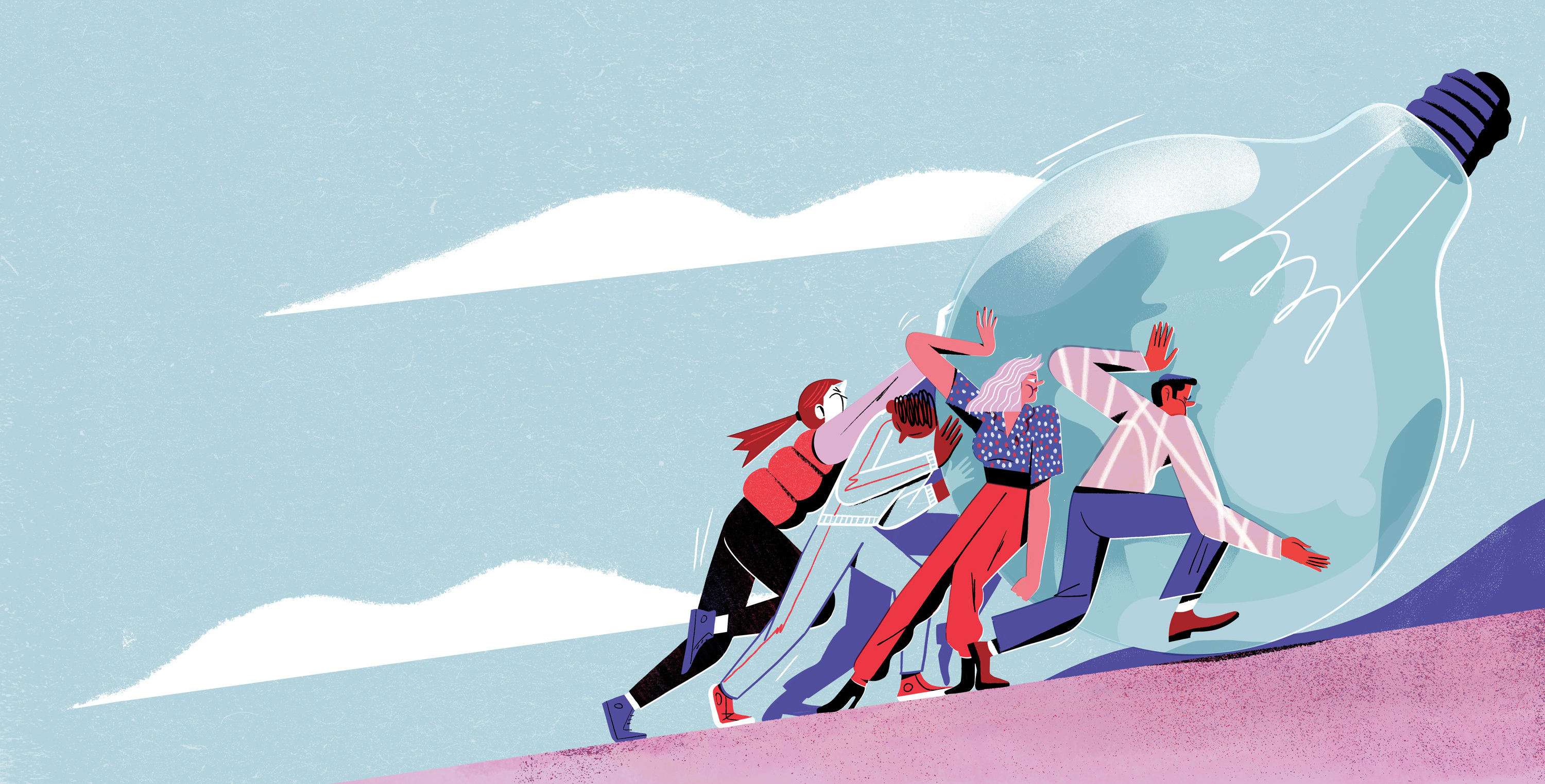Eliminating hunger isn’t just about food, it’s about people

In 2018, according to the United States Department of Agriculture, 37 million Americans didn’t have enough to eat. At one point or another that year, in other words, they struggled to put food on the table.
They worried about how they’d feed themselves or their families. Or felt the physical and emotional stresses of want and hunger. Of that number, 11 million were children.
Today, the picture has worsened. This year, a year in which American lives have been ravaged by disease or economic crisis or both, more than 50 million people will have faced the reality of food insecurity; almost half of them will have sought help from food banks and other sources of support.
This pandemic of hunger continues to unfold, year-on-year, across the United States—one of the richest nations on earth.
It is a crisis that moves inexorably forward, but also one that’s rooted in inequities stretching back into our collective history. Our food system, like many of our society’s most foundational systems, is racist by design. The labor of Black and Indigenous workers and people of color (BIPOC) forms the backbone of the industry’s essential workforce—specifically women of color. They serve or cook in restaurants; they perform dangerous, exhausting work in food plants; they labor on farms; and they bring deliveries to others’ homes and apartments. And they have been disproportionately impacted by the knock-on effects of the pandemic, including decreased food security. Additionally, racism—in the form of food systems that are effectively separate from and unequal to those afforded to white communities—has historically denied BIPOC access to preventative nutrition. The result? Disproportionate incidence of chronic health conditions and weakened immune systems, both of which are now further intensifying the devastating impact of COVID.
It is a story of injustice and inaction. And it demands we step up and help create change.
How might food leaders work to dismantle the systemic inequity in our industry and in the communities we operate? And how might we improve the lives of those most unjustly affected? We see three paths where design can drive efforts towards solutions.
Prioritize food workers’ livelihoods
The most straightforward way to reduce food insecurity among food workers? Pay them more money.
The food industry employs roughly 14 percent of the U.S. workforce, with the lowest median wage of any industry. In many states, it’s legal to offer restaurant workers a sub-minimum wage of less than $5 an hour—sometimes as low as $2.13. Black servers are typically not tipped as well as their white coworkers: A recent study revealed that for tipped restaurant workers in New York, white men made almost an $8 an hour more than black women.
Food manufacturers, quick-service restaurants (QSRs), and retailers are largely responsible for producing, serving, and distributing food; but the cruel irony is that their own employees—along with those growing and harvesting the food that they sell—are often food insecure and hungry. One out of six restaurant workers live below the poverty line.
Following the example of brands like Shake Shack and In-n-Out Burger, others must rethink their business models to offer their workers more than the minimum wage. Similarly, they can design competitive benefits, as Starbucks does, offering healthcare and tuition reimbursement to full- and part-time employees.
Improve the quality of mass-produced food
Many low-cost foods are intentionally designed to be sold in mass quantities to people who can’t afford higher quality items. This perpetuates a supply chain that values long shelf-life and cost-efficiency over nutrition. A complete overhaul of existing product formulations is required to maintain the convenience and comfort that people seek, but eliminate ingredients proven to contribute to higher rates of heart disease and diabetes, such as high-fructose corn syrup or processed or refined carbohydrates.
A June 2020 study revealed that as households stock up on shelf-stable foods, they appear to purchase products with less nutrient-dense ingredients—often ultra-processed, calorie-dense comfort foods. This is setting the stage for an increase in childhood obesity, particularly for economically vulnerable families.
Convenient and nourishing comfort foods are rare. Designing them and putting them on shelves across the nation is an excellent challenge for the food industry’s formidable R&D capabilities.
There are examples to be inspired by, however. Pierre Thiam, a celebrated Senegalese chef and leading authority on African foods, founded Yolélé Foods to bring fonio, a West African grain, to a global audience. Fonio is a versatile ingredient with a nutty flavor; it’s included in the Future 50 Foods List, an effort from the World Wildlife Fund (WWF) and Knorr to highlight foods that support human and environmental health. One of Thiam’s vehicles for fonio is pilaf, and Yolélé Foods’ affordable, microwavable bags of seasoned pilaf are sold online and at brick-and-mortar stores nationally. This product innovation unites what is not only feasible, viable, and desirable; but also more sustainable and nutritious.
If it works for fonio, why not for brown rice? It’s one of the most familiar, nutritious, and affordable food staples in the United States, yet few have attempted to make it desirable and easy to cook. It’s an enormous opportunity. And design is a way to reconceive brown rice into products that are as simple and convenient as the more ubiquitous ramen and macaroni and cheese filling pantries nationwide.
Give more people access to nutritious food
That separate and unequal food system? Karen Washington, a food justice activist, calls it food apartheid. And the evidence to support that frame is all around us. Poorer neighborhoods have fewer grocery stores with nutritious food options; fast food chains dominate instead. There is a need for quick service restaurants (QSRs), retailers, food banks, and federal food assistance programs (SNAP)—all players that influence food access—to design new ways for healthy food to be available to everyone.
Free food is a critical support for hungry people. But there is a stigma attached to accepting it, and it can be a deeply demoralizing experience to stand in long lines and receive a bag of food you don’t like or can’t eat. During COVID-19, we’ve witnessed heroic efforts by food banks and pantries to increase their services. Food banks originally created drive-thrus to overcome the stigma of free food, but now, even more have added this feature to facilitate contactless service.
Northern Illinois Food Bank (NIFB) partnered with IDEO to improve their My Pantry Express program, a digital food pantry service that refers to their customers as “neighbors.” The program offers their neighbors a choice of what food they receive. Typically, food banks determine their success based on pounds of food or “meals” distributed, but NIFB wanted to use more human-centered metrics to determine if their service offers food that people actually want and will eat. The team discovered that offering choice in food selection, even in a limited way, created higher neighbor satisfaction and more referrals—94 percent said they would recommend the program to a friend. We can use design to identify what people value most, then use these findings to improve services, meet more people’s needs, and in this instance, get more nutritious food into more hands and homes.
Learn more about IDEO's partnership with NIFB.
Looking ahead
Given the number of cracks the pandemic has revealed in many of our national and global systems, it can be hard to know where to begin reimagining better solutions. But food is fundamental—and improving the food system is achievable. As we look to the coming year and the post-pandemic recovery period, let’s ask ourselves:
- How might we ensure that the people producing and serving our food have equal access to food for themselves and their families?
- How might we rethink our success metrics to be more human-centered?
- How might we create products and services that are not only profitable, but nutritious and sustainable?
- How might we put our R&D efforts towards creating beloved food products that are convenient and nourishing?
- As a leader in the food industry, how might we look first to the ways we can support our own employees before directing community support efforts beyond our organization?
By prioritizing people’s needs and developing human-centered innovations for business, nutrition, and food access, we can move leaps and bounds toward more food security and access and health for all.
Photos by Rizki Prayugo and Aniketh Kanukurthi
Words and art

Subscribe

.svg)









